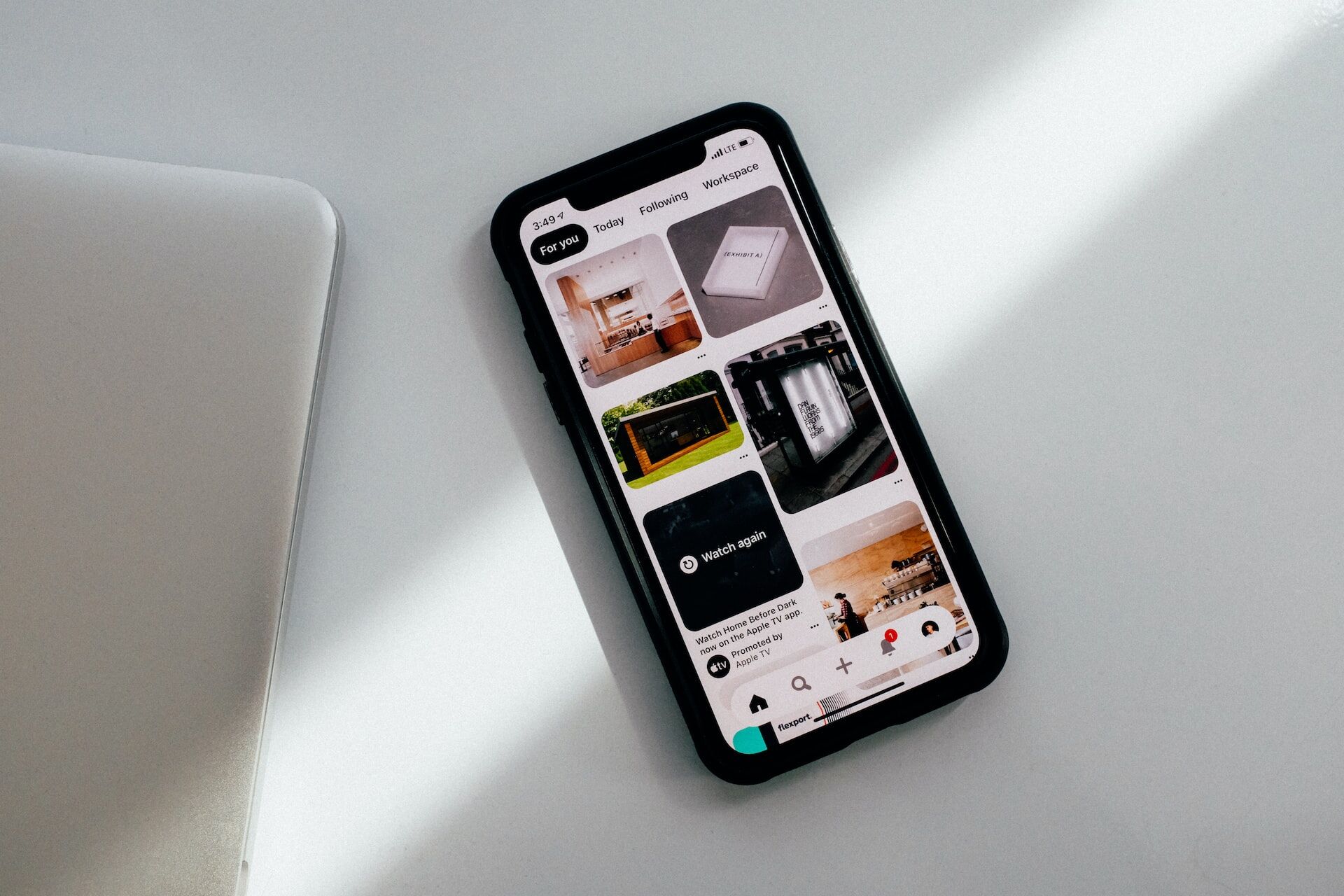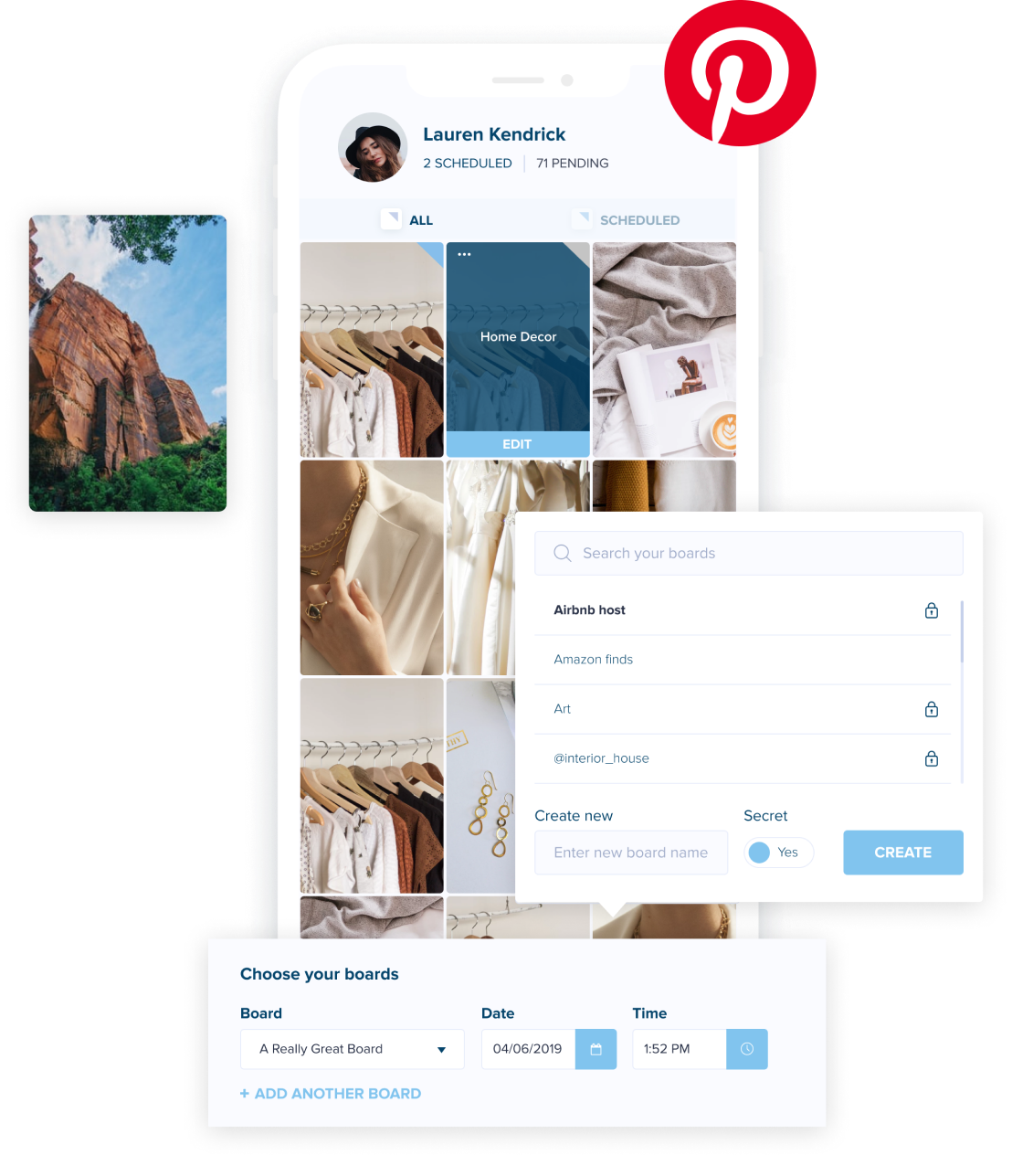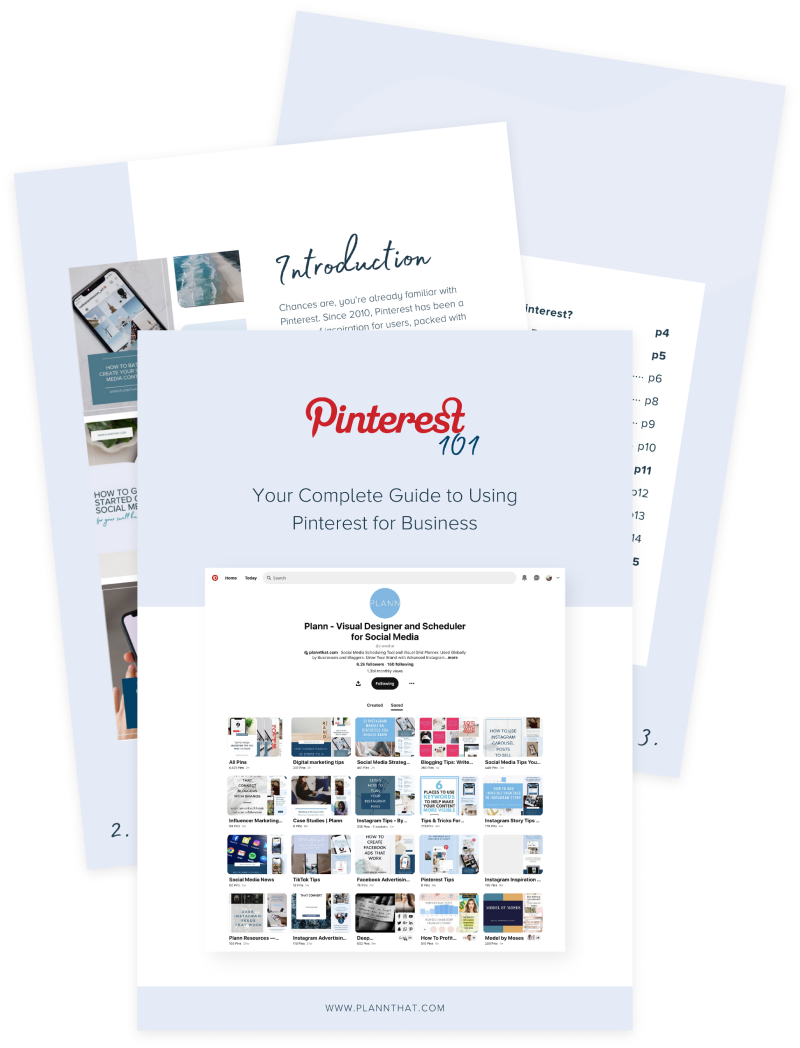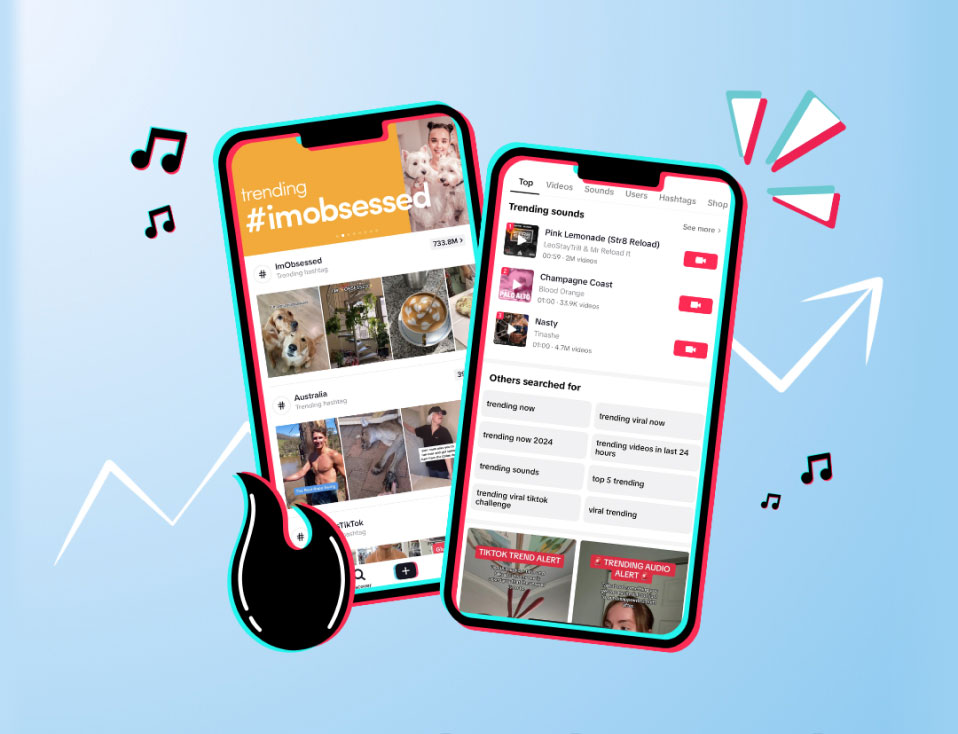Pinterest is so much more than finding your next favorite recipe or a color palette for your kitchen renovation.
When you harness the platform’s features, it’s a powerful marketing tool that can help you lure potential customers onto your blog or online store.
And that’s not some marketing mumble jumbo talk.
• 97% of searchers are unbranded.
• 80% of weekly pinners have discovered a new brand or product on Pinterest.
• 55% of pinners are influenced to make purchasing decisions.
…But what exactly do you need to know to take advantage of this goldmine?
Below, you’ll find some of the best practices for using Pinterest to grow your brand, boost website traffic, and turn your pins into money-making machines.
Is Pinterest Marketing a Good Fit for Your Content?
Listen up.
Pinterest is a fantastic platform, but like online dating, it’s not for everyone. There is a specific target audience the platform appeals to. If your content falls outside of the most popular niches, you may struggle to find an audience and see results.
To make things easy for you, here are the most popular categories on Pinterest:
• Food and Drink
• Travel
• Home Decor
• Women’s Fashion
• DIY and Crafts
• Beauty
• Fitness
…So what happens if you don’t fall into the Pinterest popularity bucket?
All hope is not lost.
Think about how you can repackage what you do to appeal to Pinterest users.
Let’s look at an example.
You sell homemade luxury bubble candles on Etsy. Yes, it does fall into the home decor category, but simply posting a picture of your product on Pinterest is an ad. You need to create helpful content that inspires and delights your audience.
How do you turn your candle into a viral pin?
Create a tutorial with step-by-step instructions for making DIY candles.
• You’ll grab the attention of the crafty and home decor audiences (talk about a two-for-one special!).
• You can post beautiful product pins of your candles (with links to your Etsy shop).
• Generate brand awareness, plenty of repins, and ultimately, sales!
…And the demographics? Who uses Pinterest?
According to statistics:
• 75% of its user base are women.
• 32% are between 18-29, and 34% are between 30-49 years old.
• 40% of Pinterest users earn more than $75,000 per year.
• 44% of Pinterest’s 86 million active users are in the United States.
If your target audience is outside Pinterest’s user base, it might not be the best social media platform for your marketing strategy.
What Won’t Work on Pinterest
Still unsure if your content on Pinterest will perform? Here are some examples that will tank.
• Thought Leadership and Personal Stories: People use Pinterest for inspiration and information, not your thoughts and feelings. It’s not the place to share your think pieces. Keep that content for Facebook and LinkedIn.
• Non-Evergreen Content: What’s evergreen content? It’s blog posts or other media that never goes out of style (Alexa, play Taylor Swift). Once you pin something on Pinterest, it lives there forever. Someone might discover your content after one month or five years from now. If your content has an expiry date, it’s a poor user experience and isn’t going to gain traction.
Create a Pinterest For Business Account
To access Pinterest analytics, run Pinterest ads, direct traffic to your website, and activate rich pins – you need a Pinterest for business account.
If you already have a normal Pinterest profile, it’s super simple to make the switch. You’ll join the ranks of professional pinners in under 5 minutes.
Now that you’re set up, let’s jump into how to improve your Pinterest marketing strategy.
3 of the Best Marketing Tips for Pinterest
1. Create Cohesive Pin Designs
Here’s the thing.
You can’t change your pin design for every single pin. Well, you can, but it will not get you the results you want.
Why?
• You’re wasting your time.
• You’re not creating a cohesive brand.
• You’re probably stressing yourself out.
Instead, create a Pin design template that you can rinse and repeat for your different types of blog posts or products.
You can make a different Pin template by simply:
• Using ready-for-you Canva designs.
• Use four images instead of one.
• Changing the placement of your text overlay.
But it will still look cohesive because you’re sticking to your brand colours, fonts, and a set template.
Need some pin-spiration?
Here are some pins from Practical Wanderlust.
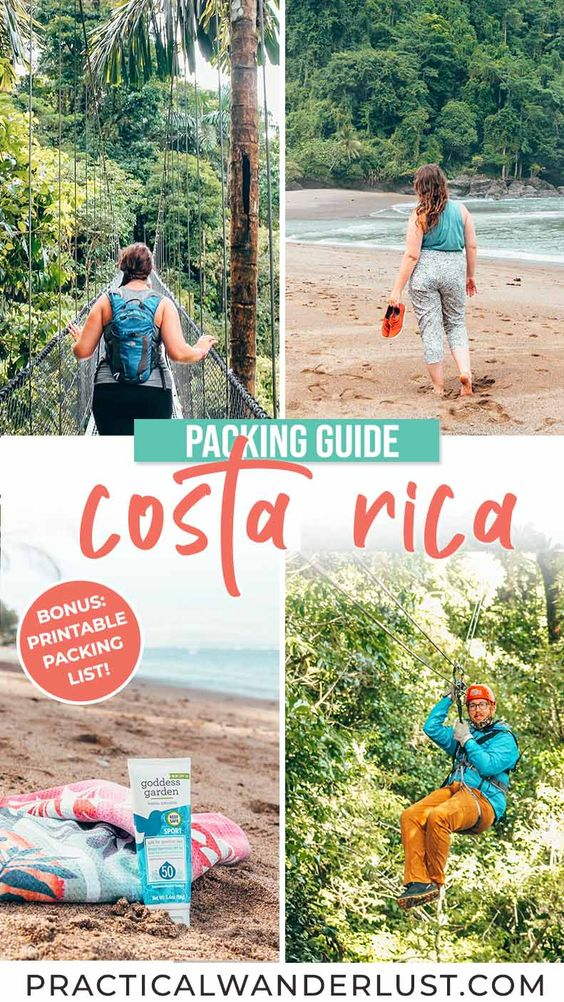
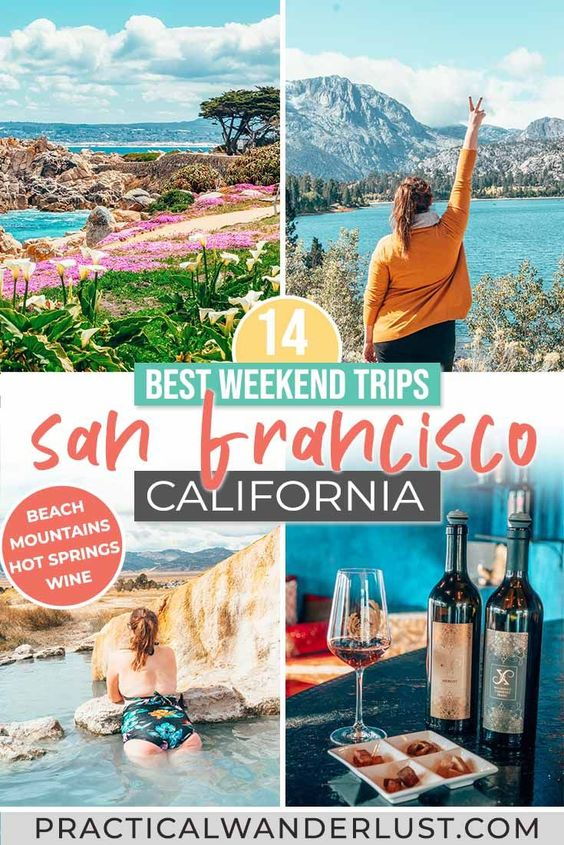
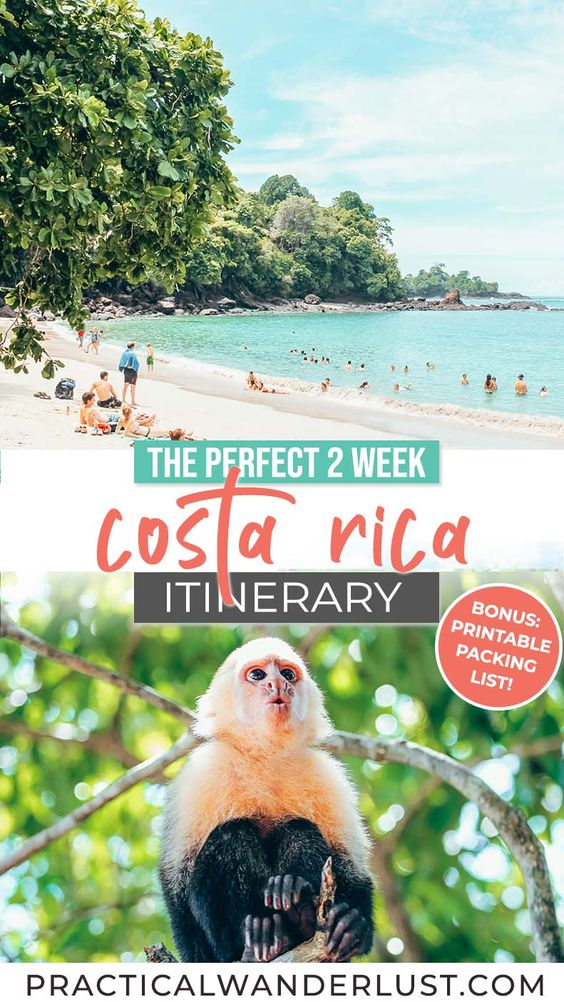
2. Write Pinterest SEO Pin Titles and Pin Descriptions
Pinterest is a visual search engine.
Much like Google’s algorithm depends on SEO to understand how to rank content, Pinterest does the same.
The visual appearance of your pins matters as much as the words you write in your pin description and title. After all, it will ultimately convince someone to click through and read your blog post or visit your product page.
How do you tell the algorithm what your post is all about? Include your top keywords in these three places:
• Write a captivating title
• Create an enticing pin description
• Fill out the alt text, aka meta description of your pin image
The top secret, though?
Don’t keyword stuff with hashtags or random words. Write like a human and use words and phrases that accurately describe what your pin is about.
For example, Practical Wanderlust wrote the following for their Costa Rica itinerary:
Pin Title: Two Weeks in Costa Rica: The Ultimate Costa Rica 2-Week Itinerary
Pin Description: This Costa Rica 2-week itinerary features three national parks, cloud forests and rainforests, snorkelling and swimming, zip lines and hanging bridges, volcanoes and hot springs, and plenty of wildlife!
Alt Text: This Costa Rice itinerary features three national parks, cloud forests and rainforests, snorkelling and swimming, zip lines and hanging bridges, volcanoes and hot springs, and plenty of wildlife!”
3. Create Niche Pinterest Boards With Keyword Friendly Titles
Psst…Did you know your Pinterest board titles are searchable?
It’s prime SEO real estate, but your Pinterest boards also help users understand what your account is about and if it’s worth a follow.
As part of your Pinterest marketing strategy, you want to make sure your profile only consists of boards directly related to your niche.
What does that look like in practice?
If you’re running a food blog, you might have titles like:
• Vegan recipes
• No-sugar desserts
• 5-minute meal ideas
The next question you probably have is, “how do I figure out what boards to create?”
Easy!
Hop onto Pinterest and search a few keywords.
For example, you search “recipes” and get the following results:
• recipes for dinner
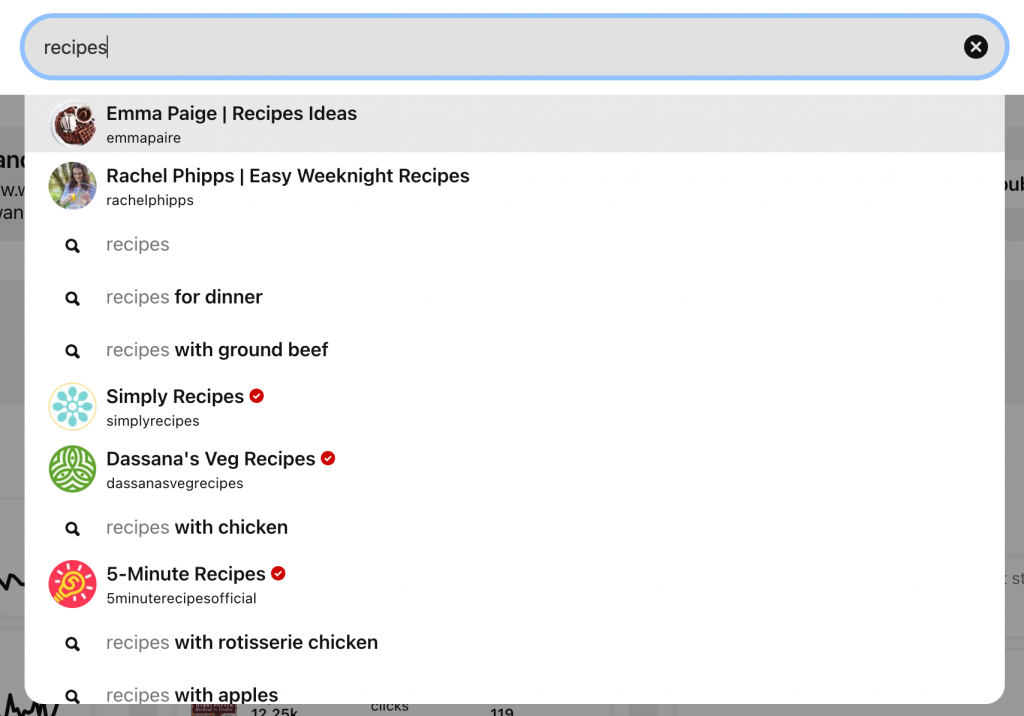
You click on the search result, and Pinterest loads a new page with keyword bubbles like:
• Gluten-free
• Easy casserole
• Low carb

Depending on the recipes you post on your blog, you could create a board for each idea.
The best part? You know users are actually searching for those keywords!
Now that you have your list of board ideas write keyword-rich descriptions for each one. While nobody reads these, like ever, Pinterest’s algorithm does.
Plann Your Pinterest Pins
Did you know you can schedule your Pins with Plann?
Sign up for a 7-day trial of Plann pro today and schedule all your social media content for Instagram, TikTok, LinkedIn, Facebook and Pinterest from one place.
Besides a content calendar, you’ll get access to strategy plans, hashtag research, analytics, and so much more to help you master social media marketing and make money from your online presence.
